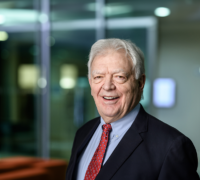
How to read your risk barometer (for better decision-making under pressure)
Tired? Stressed? Important deadline looming? Your brain doesn’t just soldier on unchanged – it responds in ways you may not even notice. This means that your inner state is quietly influencing every...






